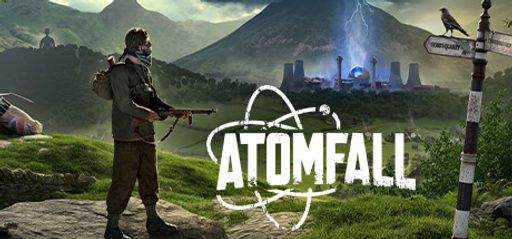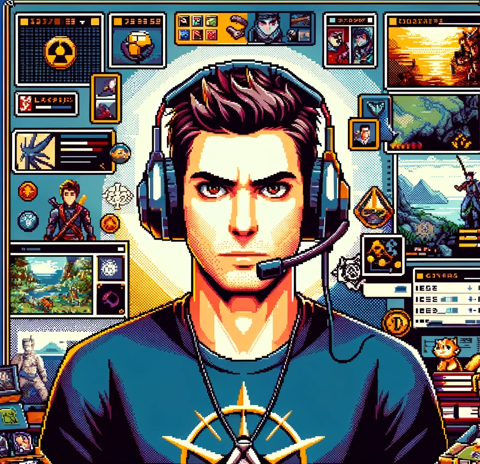 Let’s talk Atomfall from Rebellion, published by Rebellion. I saw user praise for gorgeous overgrown hills and deep crafting. They love the mystery that unfolds with no quest markers. Critique hits hard: infinite enemy respawns drain scarce ammo and break immersion. As a completionist, I want stable safe zones. Fact: Rebellion built Atomfall on its own engine, like Zombie Army.
Let’s talk Atomfall from Rebellion, published by Rebellion. I saw user praise for gorgeous overgrown hills and deep crafting. They love the mystery that unfolds with no quest markers. Critique hits hard: infinite enemy respawns drain scarce ammo and break immersion. As a completionist, I want stable safe zones. Fact: Rebellion built Atomfall on its own engine, like Zombie Army.
 Atomfall’s world hooked me fast. I loved roaming sealed villages and hidden bunkers. User feedback nailed the vibe—eerie British fields full of secrets. Lack of fast travel forces fresh exploration but gets tedious on repeat loops. As an explorer, I want more non-player characters to trade with. Fact: The game draws heavy inspiration from the 1957 Windscale accident.
Atomfall’s world hooked me fast. I loved roaming sealed villages and hidden bunkers. User feedback nailed the vibe—eerie British fields full of secrets. Lack of fast travel forces fresh exploration but gets tedious on repeat loops. As an explorer, I want more non-player characters to trade with. Fact: The game draws heavy inspiration from the 1957 Windscale accident.
 I dive into that heart-rate combat system. Melee timing and scarce ammo demand smart play. Reviews say combat feels janky at times, but mastering steady aim pays off. I wish enemy waves stopped spawning infinitely around cleared areas. In competitive play, predictable spawns matter. Fact: Rebellion often uses motion capture tech for realistic combat.
I dive into that heart-rate combat system. Melee timing and scarce ammo demand smart play. Reviews say combat feels janky at times, but mastering steady aim pays off. I wish enemy waves stopped spawning infinitely around cleared areas. In competitive play, predictable spawns matter. Fact: Rebellion often uses motion capture tech for realistic combat.
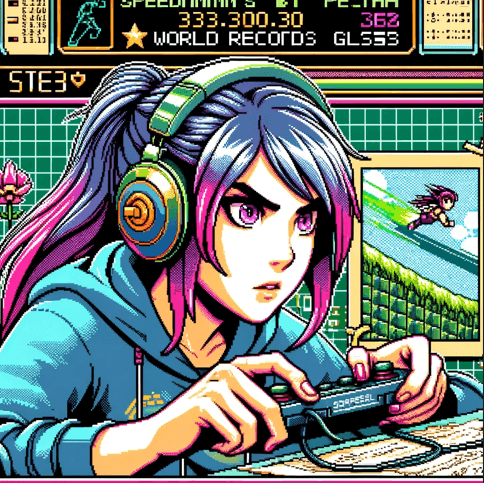 I raced through early maps and spotted time sinks. Infinite respawns kill my run routes. I want consistent enemy placement for record attempts. Crafting shortcuts help shave seconds—like modifying blades for speed. Fact: Early testers found seven hidden caves in Atomfall’s map.
I raced through early maps and spotted time sinks. Infinite respawns kill my run routes. I want consistent enemy placement for record attempts. Crafting shortcuts help shave seconds—like modifying blades for speed. Fact: Early testers found seven hidden caves in Atomfall’s map.
Overall Game Impressions
 I love deep lore and multiple endings, because the layered story rewards full exploration and reveals hidden threads that enrich the world. Plus, every secret journal entry or off-screen radio message adds weight to your choices, making each find feel special.
I love deep lore and multiple endings, because the layered story rewards full exploration and reveals hidden threads that enrich the world. Plus, every secret journal entry or off-screen radio message adds weight to your choices, making each find feel special.
 I admire how every field or bunker hides a clue or side tale, pulling me off the main path to soak in the atmosphere that grips you right away. In fact, finding a survivor’s diary in a quiet farmhouse often leads to unexpected side missions that stick with you.
I admire how every field or bunker hides a clue or side tale, pulling me off the main path to soak in the atmosphere that grips you right away. In fact, finding a survivor’s diary in a quiet farmhouse often leads to unexpected side missions that stick with you.
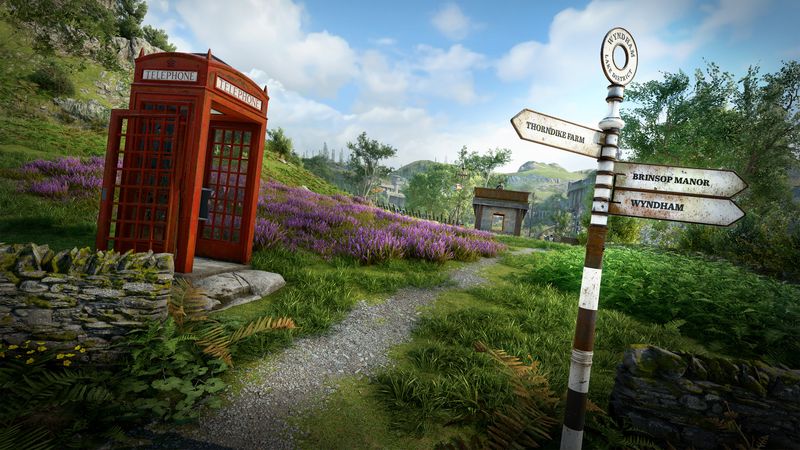
 Atomfall skirts death at every turn, building tension even in small fights so that every close call feels like a win. Moreover, the smart enemies react to your moves, so no two skirmishes ever play out the same, keeping your heart racing.
Atomfall skirts death at every turn, building tension even in small fights so that every close call feels like a win. Moreover, the smart enemies react to your moves, so no two skirmishes ever play out the same, keeping your heart racing.
 The world feels full, but respawning enemies can slow things down. I’d love fixed checkpoints to keep momentum and plan speedruns. Ideally, safe rooms or signal flares could give you a break without taking you out of the experience.
The world feels full, but respawning enemies can slow things down. I’d love fixed checkpoints to keep momentum and plan speedruns. Ideally, safe rooms or signal flares could give you a break without taking you out of the experience.
Gameplay Mechanics
 Crafting feels solid: you pick up scrap everywhere to build ammo, grenades, and makeshift tools, turning scavenging into a smart plan. On top of that, modular weapon parts let you tweak recoil and reload speed, rewarding you for hunting down every hidden cache.
Crafting feels solid: you pick up scrap everywhere to build ammo, grenades, and makeshift tools, turning scavenging into a smart plan. On top of that, modular weapon parts let you tweak recoil and reload speed, rewarding you for hunting down every hidden cache.
 You can mix stealth and long-range tactics, and the pistol’s hefty kick makes each shot feel meaningful. What’s more, extra suppressors and custom sights encourage you to try new loadouts between missions.
You can mix stealth and long-range tactics, and the pistol’s hefty kick makes each shot feel meaningful. What’s more, extra suppressors and custom sights encourage you to try new loadouts between missions.
 Managing stamina and heart rate ties into aiming, much like in Metro Exodus, adding a thrilling layer to firefights. In other words, timing a headshot under pressure or sprinting into cover becomes a satisfying test of skill.
Managing stamina and heart rate ties into aiming, much like in Metro Exodus, adding a thrilling layer to firefights. In other words, timing a headshot under pressure or sprinting into cover becomes a satisfying test of skill.
 I found chain-crafting shortcuts that cut load times—each tool upgrade speeds up your runs and rewards you for learning the system. This keeps the action moving, letting you focus on play instead of menus.
I found chain-crafting shortcuts that cut load times—each tool upgrade speeds up your runs and rewards you for learning the system. This keeps the action moving, letting you focus on play instead of menus.
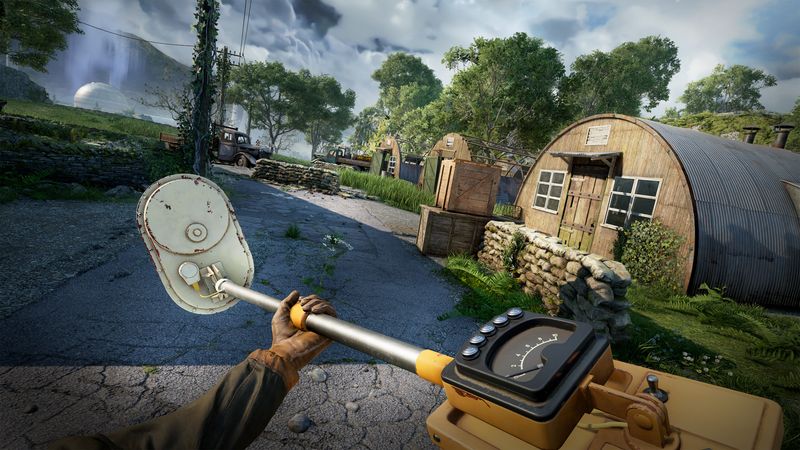
Story and Narrative
 You chase a dark conspiracy five years after Windscale, and every conversation weaves a new thread into the bigger mystery. In particular, flashbacks from data logs slowly unveil the true origin of the “Ashen Protocol.”
You chase a dark conspiracy five years after Windscale, and every conversation weaves a new thread into the bigger mystery. In particular, flashbacks from data logs slowly unveil the true origin of the “Ashen Protocol.”
 Dialogue feels short but meaningful, so you piece the plot together from radio logs, journal entries, and clues in the world. Plus, cameos from a rogue ex-agent in the tunnels add depth to side stories.
Dialogue feels short but meaningful, so you piece the plot together from radio logs, journal entries, and clues in the world. Plus, cameos from a rogue ex-agent in the tunnels add depth to side stories.
 Plot twists hit hard: a rogue agency and secret cult tie your choices to different endings, so every decision counts. As a result, the finale can play out as betrayal, redemption, or a full-scale reveal, based on your alliances.
Plot twists hit hard: a rogue agency and secret cult tie your choices to different endings, so every decision counts. As a result, the finale can play out as betrayal, redemption, or a full-scale reveal, based on your alliances.
 The ending rushes by, and I’d welcome a longer epilogue to wrap up loose ends. For example, a bonus mission that checks in on side characters would give proper closure.
The ending rushes by, and I’d welcome a longer epilogue to wrap up loose ends. For example, a bonus mission that checks in on side characters would give proper closure.
Visuals and Graphics
 Overgrowth reclaims quarries and farmhouses beautifully, with shadows casting eerie shapes that highlight the abandoned feel. Also, sudden fog at dusk underlines the world’s haunting mood.
Overgrowth reclaims quarries and farmhouses beautifully, with shadows casting eerie shapes that highlight the abandoned feel. Also, sudden fog at dusk underlines the world’s haunting mood.
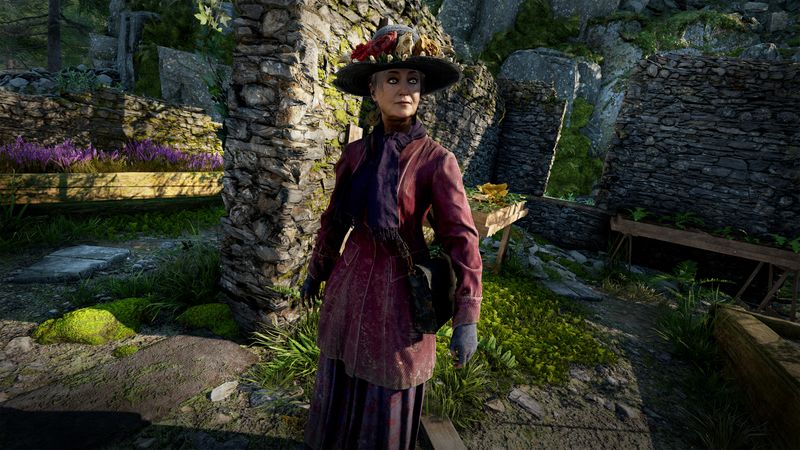
 Rain-slick grass in valleys and murky bunker halls feel astonishingly real, as droplets bead and run in dynamic patterns.
Rain-slick grass in valleys and murky bunker halls feel astonishingly real, as droplets bead and run in dynamic patterns.
 Textures pop on high settings, though small bugs slip by on mid-tier cards—proof that scale matters for visual fidelity.
Textures pop on high settings, though small bugs slip by on mid-tier cards—proof that scale matters for visual fidelity.
 Frame rate held steady at 60 FPS on PC, while consoles dipped during heavy combat—worth noting for those chasing smooth play.
Frame rate held steady at 60 FPS on PC, while consoles dipped during heavy combat—worth noting for those chasing smooth play.
Audio and Sound Design
 Ambient wind and distant thumps nail tension, making every abandoned corridor feel alive with unseen threats.
Ambient wind and distant thumps nail tension, making every abandoned corridor feel alive with unseen threats.
 I nearly missed footsteps on grass; sound design tells you exactly where enemies lurk, rewarding careful listening.
I nearly missed footsteps on grass; sound design tells you exactly where enemies lurk, rewarding careful listening.
 Melee crunch and gunfire ring true, grounding each encounter in visceral audio feedback.
Melee crunch and gunfire ring true, grounding each encounter in visceral audio feedback.
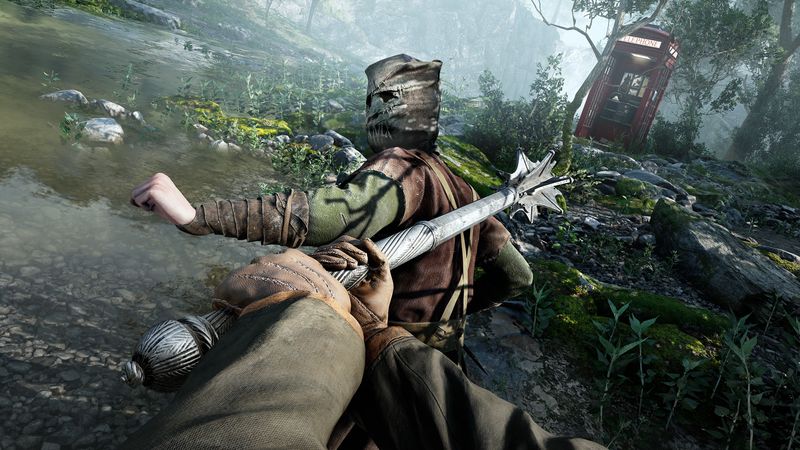
 A dynamic score could boost drama, but the lack of constant soundtrack lets silence heighten pacing—ideal for timing runs.
A dynamic score could boost drama, but the lack of constant soundtrack lets silence heighten pacing—ideal for timing runs.
Characters and Their Development
 Cult leaders, ex-soldiers, and farmers each hold secrets that spark curiosity, even if some key NPCs need richer backstories.
Cult leaders, ex-soldiers, and farmers each hold secrets that spark curiosity, even if some key NPCs need richer backstories.
 The healer’s voice line felt heartfelt and genuine, showing how tone can elevate emotional beats.
The healer’s voice line felt heartfelt and genuine, showing how tone can elevate emotional beats.
 I respect how choices change ally reactions, forcing you to consider dialogue carefully rather than steamrolling through.
I respect how choices change ally reactions, forcing you to consider dialogue carefully rather than steamrolling through.
 I wish the speedrunner cult had unique gear drops for repeat runs—rewarding mastery and encouraging exploration of their narrative.
I wish the speedrunner cult had unique gear drops for repeat runs—rewarding mastery and encouraging exploration of their narrative.
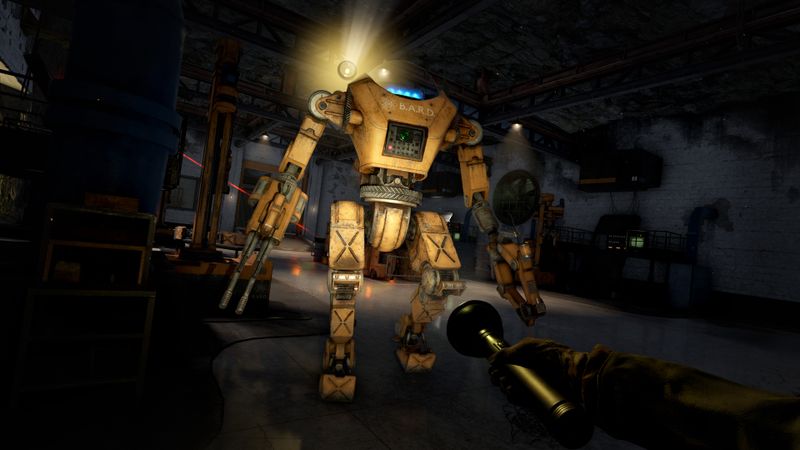
Challenge Level
 Difficulty spikes in bunker raids feel brutal yet fair, demanding you master both offense and defense.
Difficulty spikes in bunker raids feel brutal yet fair, demanding you master both offense and defense.
 Stealth sections balance out firefights so you can’t simply steamroll; every approach requires strategy.
Stealth sections balance out firefights so you can’t simply steamroll; every approach requires strategy.
 Combat demands methodical play; button-mashing gets you killed, reinforcing a thoughtful, patient mindset.
Combat demands methodical play; button-mashing gets you killed, reinforcing a thoughtful, patient mindset.
 Hard Mode Plus’s infinite spawns can block record runs. Offering spawn-limit options would let speedrunners fine-tune their challenges.
Hard Mode Plus’s infinite spawns can block record runs. Offering spawn-limit options would let speedrunners fine-tune their challenges.
Replay Value
 Multiple endings and hidden files push me back into every map, ensuring I never miss a secret.
Multiple endings and hidden files push me back into every map, ensuring I never miss a secret.
 Paths diverge based on barter or fight choices, keeping each playthrough feeling fresh.
Paths diverge based on barter or fight choices, keeping each playthrough feeling fresh.
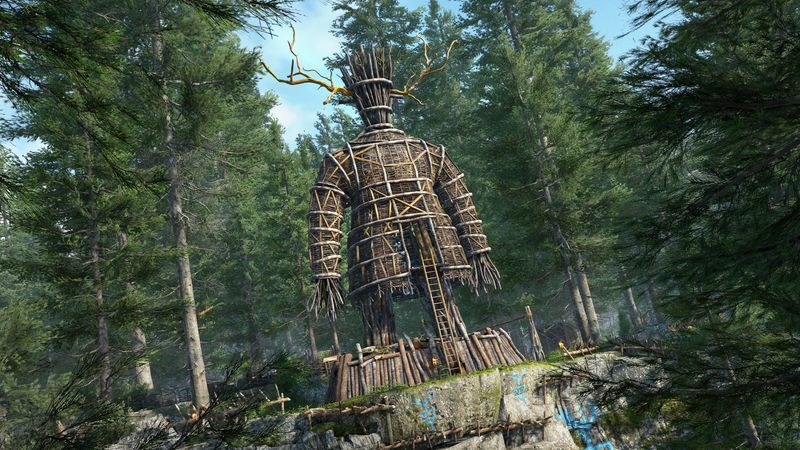
 I discovered new loadouts and boss tactics on my second run, proving that experimentation pays off.
I discovered new loadouts and boss tactics on my second run, proving that experimentation pays off.
 Optimizing craft and route choice makes speedruns deeply rewarding, with every second shaved feeling like a victory.
Optimizing craft and route choice makes speedruns deeply rewarding, with every second shaved feeling like a victory.
Final Thoughts
 Atomfall shines in its deep world, adding a fresh angle to survival action that feels both familiar and innovative.
Atomfall shines in its deep world, adding a fresh angle to survival action that feels both familiar and innovative.
 The open countryside feels alive, standing out against flat wastelands with dynamic foliage and weather.
The open countryside feels alive, standing out against flat wastelands with dynamic foliage and weather.
 Its intense, deliberate combat will satisfy hardcore fans who crave a thoughtful challenge.
Its intense, deliberate combat will satisfy hardcore fans who crave a thoughtful challenge.
 Fixing respawn pacing and adding dedicated run modes would unlock full potential—transforming this gem into a speedrunning classic.
Fixing respawn pacing and adding dedicated run modes would unlock full potential—transforming this gem into a speedrunning classic.
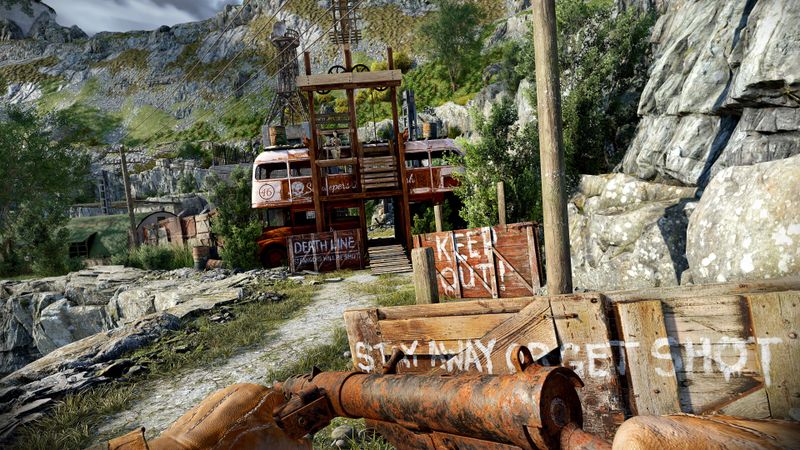
 If you love Atomfall’s intense scavenging and dynamic combat, check out Days Gone’s post-apocalyptic open world with living hordes, Metro Exodus for tight survival action and immersive audio in irradiated Russia, and S.T.A.L.K.E.R.: Shadow of Chernobyl’s mutant-infested Zone offering deep crafting and loot. Additionally, The Long Dark challenges your resource management in a frozen wilderness, while Mad Max lets you scavenge parts, upgrade your gear, and blaze through desert ruins.
If you love Atomfall’s intense scavenging and dynamic combat, check out Days Gone’s post-apocalyptic open world with living hordes, Metro Exodus for tight survival action and immersive audio in irradiated Russia, and S.T.A.L.K.E.R.: Shadow of Chernobyl’s mutant-infested Zone offering deep crafting and loot. Additionally, The Long Dark challenges your resource management in a frozen wilderness, while Mad Max lets you scavenge parts, upgrade your gear, and blaze through desert ruins.

